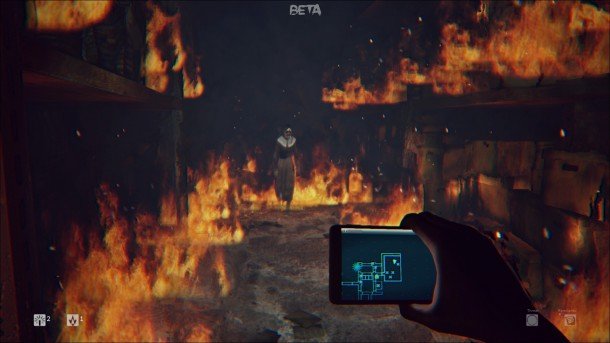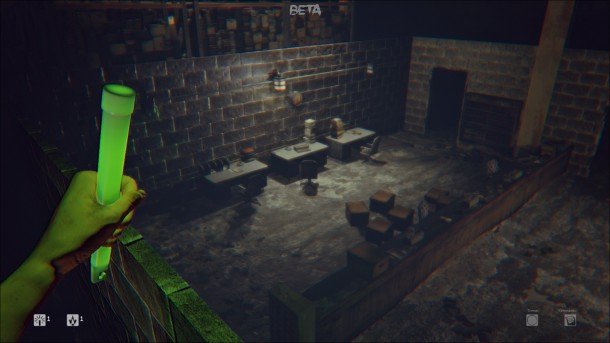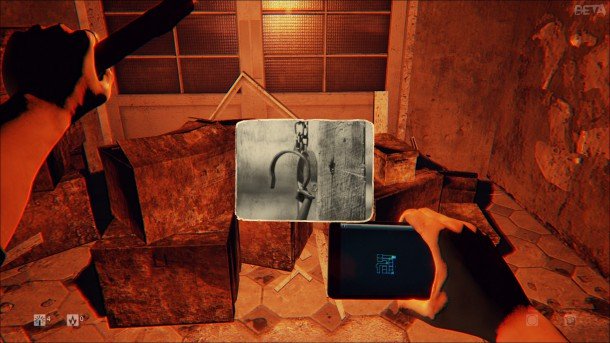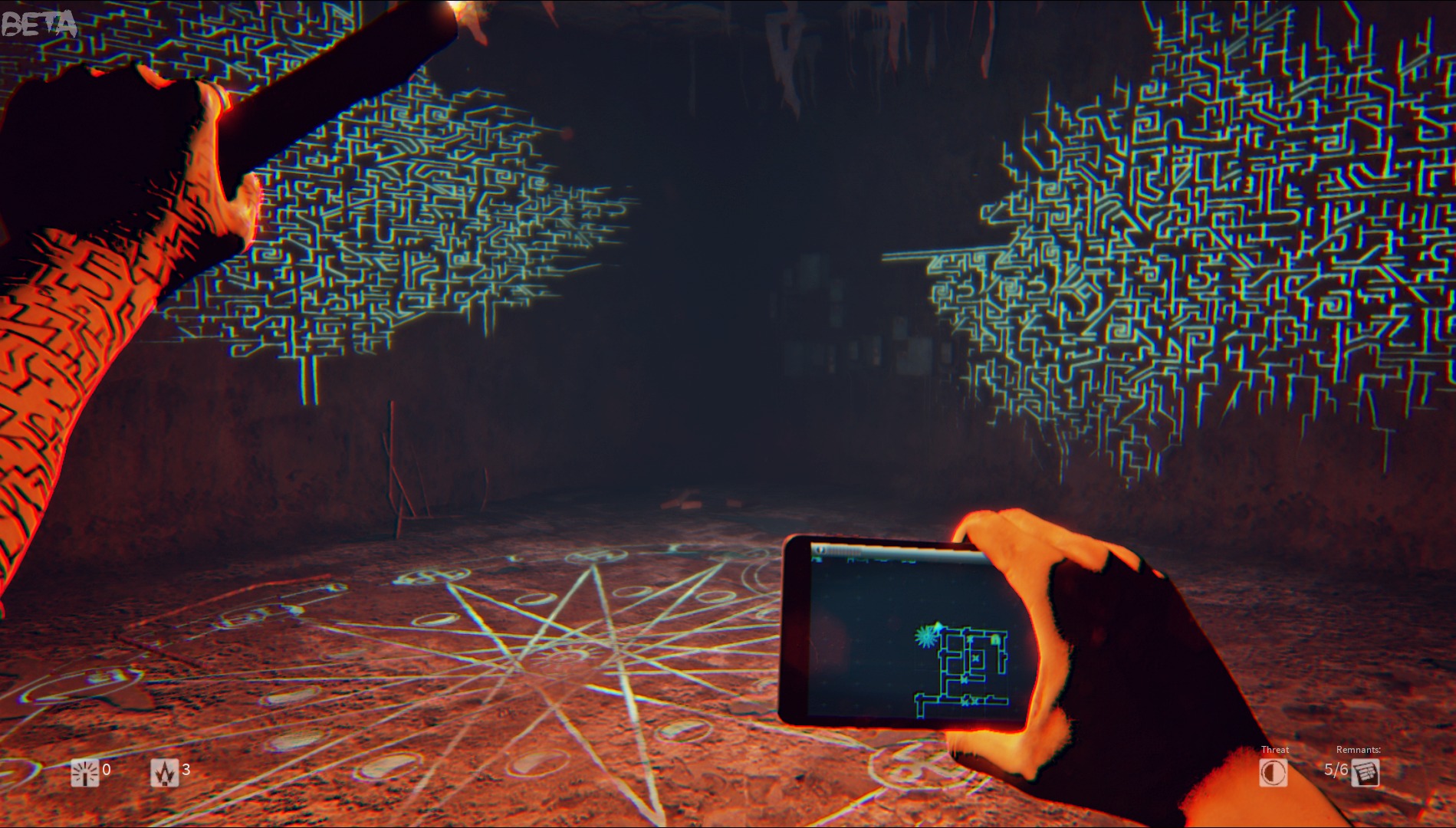Our Verdict
You cant just chuck players in a maze with a ghost and tell them to be scared. Unfortunately this is exactly what Daylight does.
PC Gamer's got your back
You wake in an empty hospital. This is never good. You press forward, squinting into the unknown. Suddenly you hear voices, a giggle from the corner of the room. It's close—a little too close for someone with only a smartphone, glow stick and flare to defend themselves. A stack of boxes tumbles to your left and you book it, sprinting in whatever direction you can because anywhere is better than here. As horror concepts go it's solid, if a little safe.
Satisfied you've outrun whatever it was, you turn around. The noises start up again. This time you don't run. You wait to see what happens. And what does happen? Nothing. Nothing attacks, nothing chases. It's all smoke and mirrors. That's the first hour of three in indie horror Daylight.
You begin to figure out that the game wouldn't be so unfair as to spring a monster on you without giving you a means to defend yourself, so all it can do is threaten. Oh look, a girl is on fire. Oh look, someone is walking towards you. Oh look, they've flickered out of existence meters from my face. These aren't so much scare tactics as F.E.A.R. tactics. When you realise you can't be killed, everything becomes a toothless threat.

But Daylight soon reveals a toothier villain. The ghostly shadow who stalks you through these endless corridors can kill you if she catches you, blurring your vision with mysterious Rune markings until you fall to the floor, screaming. Combat is binary, though: if you have a flare you'll automatically burn her to ashes, temporarily vanquishing her like an Amish T-1000, and if you don't, you're dead. She soon becomes more an annoyance than an Amnesian nemesis, announcing her presence by wailing in your ear and making your phone buzz with static.
You have just three items to use in Daylight: a mobile, a flare and a green rave-style glow stick. Rather than add to the horror by handicapping you, by rendering you severely under equipped, they merely limit your options. Let's start with cellphone. It tracks your environment in real time, visualising its labyrinthian turns and dead-ends as a series of blue lines. Locked doors are padlocks, items are X marks, and you're a green arrow. That it confers more information than the environment itself means you'll spend more time looking at it than the environment. But you can't not have it because then you'd get lost. So what's the solution? Well, probably not designing such samey, meaninglessly vague, impossible-to-navigate levels.

Cracking a glow stick bathes your immediate surroundings in sickly green light and highlights item boxes, but seeing as these chests and cabinets are usually filled with more glow sticks, they seem a bit pointless. Flares are your most important weapon, but there's no skill to using them. Simply light one up and you're safe to cavort around worry-free.
So what are you left with? Collecting 'remnants'—notes and creepy black and white photographs left by tortured orderlies and the like. Gradually you'll start to uncover the institution's dark past, if you don't mind reading a lot. Doled out with diluting regularity, remnants merely feel like videogame collectibles. It's pitifully close to that Family Guy skit: “Ooh, piece of candy! Ooh, piece of candy!”
Daylight's structure soon reveals itself: enter poorly lit environment (prison, classroom, hospital, sewer), find six remnants, collect the key (bible, teddy, scissors) and exit, dodging any annoying sirens on the way. It's like Slender, only the monster is completely forgettable (I think she's wearing a bonnet or something). The minute I sussed this structure, all tension was diffused. I simply held the sprint button and scanned floors for glowing objects like a demented beachcomber.

Daylight boasts procedurally-generated levels. The thing is, levels only change on subsequent playthroughs and not, say, when you die. If the first playthrough isn't fun, are you really going to play again? Theoretically, no two experiences are the same. In practice, every experience is exactly the same, just in a slightly different layout. Horror demands pacing. It demands deliberate set ups and cultivated climaxes. What Daylight amounts to is a collect-a-thon in the dark. You're a rat in a maze collecting bits of cheese.
Still, it at least nails the look of a good horror, even if it doesn't nail the pacing. Taken on their own merit, these Unreal 4-powered locales suitably unnerve, rusted and decaying under a grimey digital filter. What you do within them, sadly, left me in the dark.
The screenshots above were taken directly from feature-complete code supplied by the publisher for review.
You cant just chuck players in a maze with a ghost and tell them to be scared. Unfortunately this is exactly what Daylight does.


